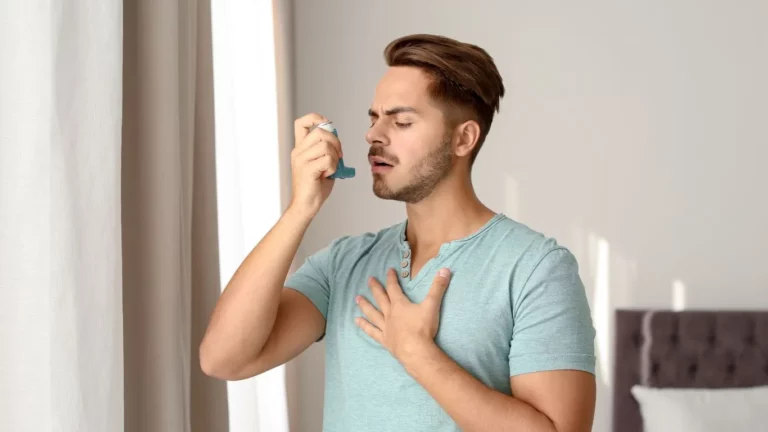Surprising Truth About High Blood Pressure After Intense Exercise
If you’ve ever checked your blood pressure after a tough workout and thought, “Whoa, that can’t be right,” you’re not alone. As an Internal Medicine physician who spends a good part of my day helping patients manage hypertension, I’ve had quite a few people — even marathon runners and CrossFit lovers — come into the clinic confused and worried about high blood pressure after intense exercise. It’s something I’ve seen more often than most folks expect, and it doesn’t always mean there’s a problem. But it’s also not something to brush off without understanding what’s going on under the hood.
What Actually Happens to Blood Pressure During and After a Workout?
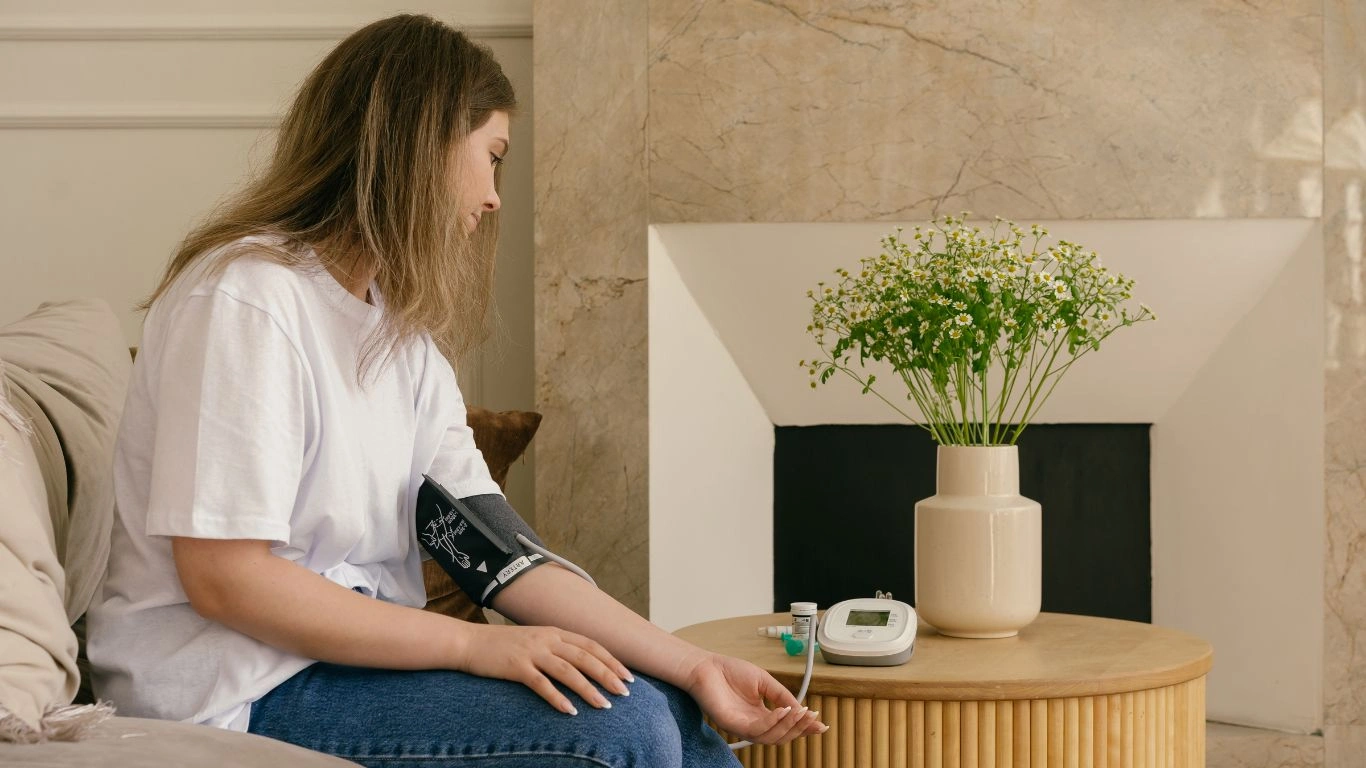
Let’s break it down. When you’re working out — especially during high-intensity sessions — your heart’s working overtime. It pumps faster, harder, and stronger to push oxygen-rich blood to your muscles. That’s perfectly normal. Blood pressure rises in response to that demand. But it’s what happens after you stop that raises eyebrows in clinic visits.
In an ideal world, your blood pressure gradually returns to its baseline after exercise. That’s what we expect in a healthy cardiovascular system. But if you’re seeing numbers stay elevated longer than expected, or if they spike higher after exercise ends, that could be a sign that your vascular system isn’t recovering properly — or that something deeper is going on.
So, How High is Too High?
This is the question I get asked all the time. There isn’t a one-size-fits-all answer, but generally, systolic blood pressure (that’s the top number) might climb to 160–220 mmHg during vigorous activity. That’s within normal range during exertion for trained individuals. But if you’re hitting those numbers during mild exercise, or they’re not dropping back within 30–60 minutes post-workout, we need to talk.
Why Is My Blood Pressure Still High After Working Out?
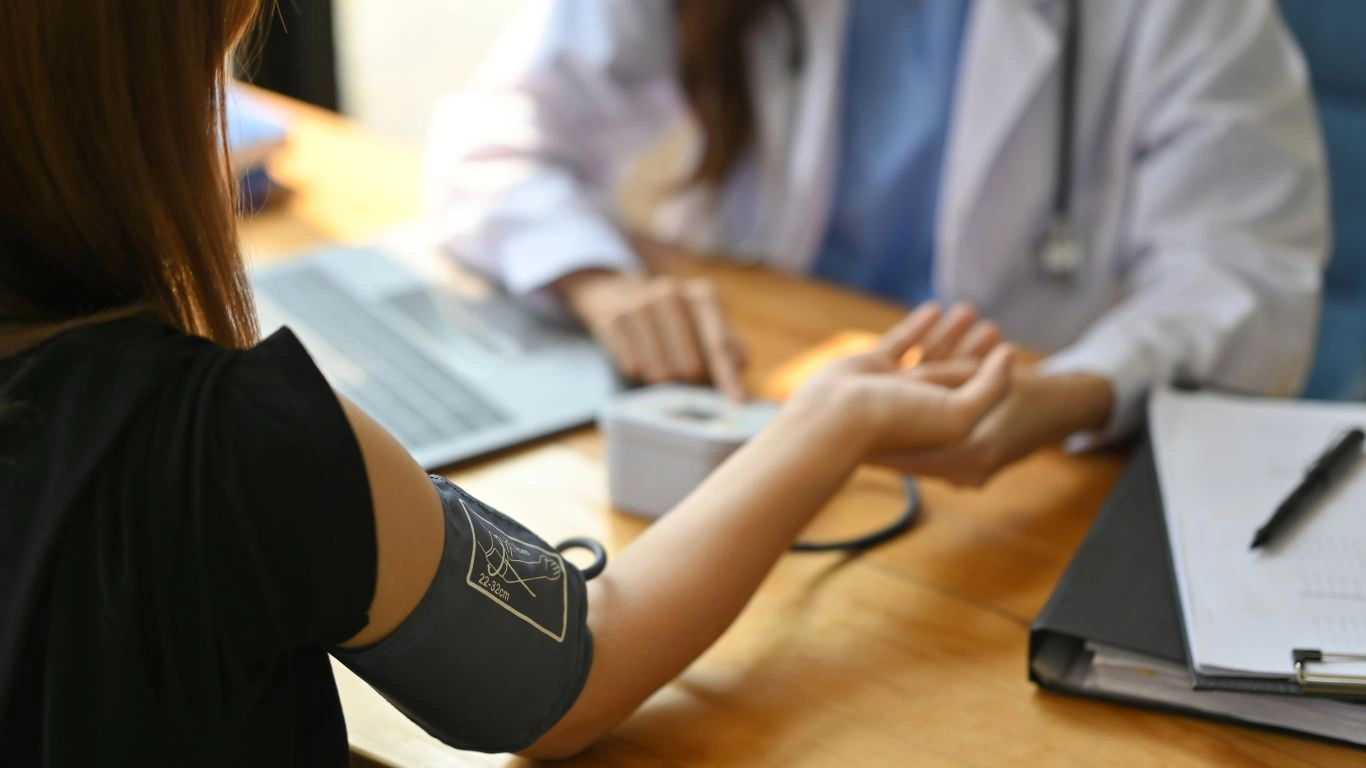
There’s no single answer here — and that’s why this topic fascinates me. In my own practice, I’ve seen a few recurring culprits:
- Dehydration: People often underestimate how much fluid they lose during workouts. Less fluid volume = higher pressure.
- Overtraining: Your body isn’t a machine (and even machines break down). Over time, constant strain without proper recovery spikes cortisol and increases vascular stiffness.
- Pre-existing hypertension: Some patients don’t know they’re hypertensive until they start noticing these post-exercise spikes.
- Supplements or stimulants: Pre-workouts, energy drinks, even some “natural” fat burners can push blood pressure sky-high.
My Clinical Observation: It’s Not Always What You’d Expect
I remember a patient — a 42-year-old cyclist who’d never had a single flagged BP reading at rest. But after logging his post-training numbers for a week, he noticed they often hovered around 150–160 systolic even an hour after cool-down. Long story short: We found early-stage hypertension, likely masked at rest. Exercise stress brought it to light — and honestly, it probably saved him years of silent damage.
Is This Dangerous or Just a Normal Response?

The truth? It depends. In well-conditioned athletes, a temporary spike in BP isn’t alarming — it’s adaptive. But persistent high blood pressure after intense exercise? That’s something we need to pay attention to. It’s often a red flag indicating your vessels aren’t relaxing as they should. And over time, if that trend continues, it raises your risk for left ventricular hypertrophy, arterial stiffness, and yep — full-blown hypertension.
So how do you know if your post-workout blood pressure is normal or not? Start by tracking it. Log your numbers 15, 30, and 60 minutes after training over a couple weeks. Patterns matter more than one-off spikes. And if you’re seeing consistently high numbers? Bring that data to your doctor. Trust me, we love it when patients come in armed with solid info. It saves time and can prevent years of vascular wear and tear.
How Long Should It Take for Blood Pressure to Normalize After Exercise?

This is where timing matters. For most people, blood pressure should start trending back to baseline within about 30 minutes after a workout — sometimes faster if you’re fit and hydrated. If you’re still seeing elevated numbers an hour post-exercise, especially consistently, that’s worth investigating.
In my clinic, I often have patients take their blood pressure at three intervals post-workout: 15 minutes, 30 minutes, and 60 minutes. When we chart those numbers, we can usually spot a pattern. Some bounce back quickly — great! Others? Not so much. That lag in recovery is sometimes an early clue that something’s off with vascular flexibility or autonomic nervous system balance.
What Could Be Delaying That Recovery?
Here are a few reasons your blood pressure might stay high longer than expected:
- Sympathetic dominance: Your nervous system is stuck in “fight-or-flight” mode longer than it should be post-exertion.
- Inadequate cool-down: Skipping that slow jog or gentle walk at the end of a workout? That could be keeping your BP up.
- Electrolyte imbalance: Especially common in people who sweat heavily and don’t rehydrate properly. Sodium and potassium play a big role in blood vessel relaxation.
- Underlying endothelial dysfunction: That’s a fancy way of saying your blood vessels aren’t doing their job very well. Often linked to chronic inflammation or early cardiovascular disease.
Tracking Blood Pressure the Right Way (Yes, It Matters)
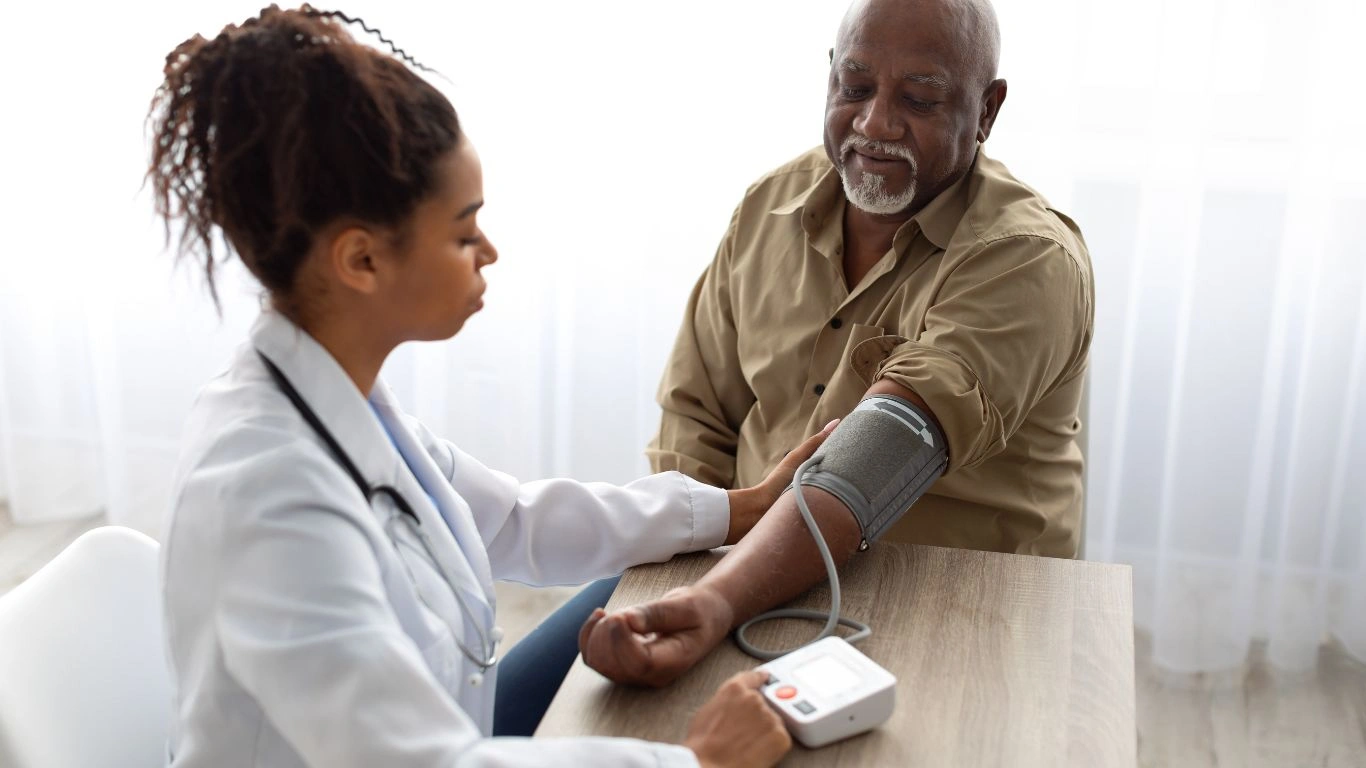
Look, I know it’s tempting to slap on a cuff right after hopping off the treadmill and call it a day — but your readings will only be accurate if you follow a few simple rules:
- Wait at least 5 minutes after stopping exercise before measuring.
- Sit down, feet flat on the floor, back supported.
- Keep your arm at heart level — no dangling or clenching.
- Don’t talk or look at your phone while measuring. (Seriously, even mild stimulation can bump those numbers!)
I often tell patients: make it part of your post-workout ritual. Just like you hydrate, stretch, maybe log your reps — track that blood pressure. You’ll learn a lot about how your body handles stress and recovery over time.
What Devices I Recommend to My Own Patients
As someone who manages hypertension daily, I get asked about home monitors all the time. My short list: upper-arm automatic cuffs from brands like Omron, Withings, and Microlife. I usually steer people away from wrist monitors — too finicky, and they often don’t provide consistent readings post-exercise, especially if you’re sweaty or your heart rate’s still elevated.
Should You Be Concerned About High Blood Pressure After Intense Exercise?

This is where the nuance comes in. In a healthy, well-trained individual, a short spike in BP after a workout isn’t necessarily concerning. In fact, it’s expected. Your cardiovascular system is doing its job. But when it stays up too long, happens frequently, or causes symptoms like dizziness, headaches, or blurred vision — that’s your body asking for a deeper look.
I’ve had several otherwise healthy patients — young, athletic, no red flags — turn out to have masked hypertension. They passed every annual checkup with flying colors. But once they started monitoring post-exercise BP? That’s where the real story came out. One patient, a 35-year-old competitive rower, came in with numbers in the 170s systolic after his rowing sessions. Sure enough, we caught early-stage hypertension. With a few targeted lifestyle tweaks and eventually a low-dose ACE inhibitor, he’s now back in a safe range — and rowing even stronger than before.
When to Talk to a Doctor
If any of this feels familiar — especially if you’ve noticed consistently high blood pressure after intense exercise — it’s worth bringing up with your healthcare provider. Here’s when I’d suggest getting checked out:
- Post-workout BP regularly stays above 140/90 mmHg for over 30–60 minutes.
- You feel unwell after exercise — chest tightness, pounding headaches, or palpitations.
- You have risk factors like a family history of hypertension, high cholesterol, or diabetes.
- You’ve already been diagnosed with hypertension but are seeing unusual spikes after training.
And here’s the thing — as a doctor, I’m not here to scare you away from exercise. In fact, I want my patients moving more, not less. But we can’t ignore the signs our bodies give us. High blood pressure after a workout isn’t always bad, but it’s not something to brush off either. It’s a data point. And the more you understand what your numbers mean, the more control you have over your health.
Practical Strategies to Manage Post-Exercise Blood Pressure Spikes
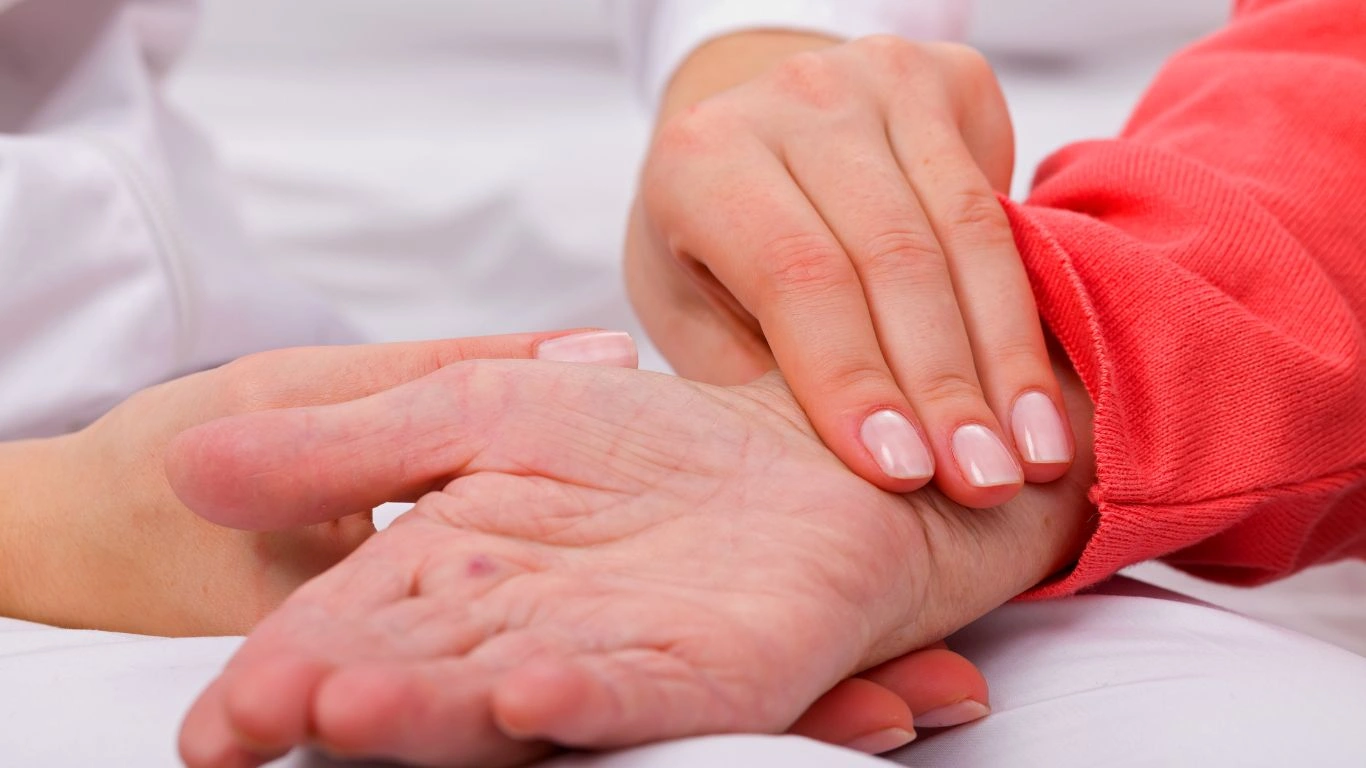
So, you’ve noticed your blood pressure remains elevated after intense workouts. The good news? There are several practical steps you can take to manage this:
- Incorporate a Cool-Down Routine: Gradually reducing exercise intensity allows your heart rate and blood pressure to return to baseline more smoothly. Think of it as a gentle landing after a flight.
- Stay Hydrated: Dehydration can exacerbate blood pressure spikes. Ensure you’re drinking enough water before, during, and after exercise.
- Monitor Your Blood Pressure: Regularly check your readings to identify patterns and share them with your healthcare provider. This data is invaluable for tailoring your management plan.
- Limit Stimulants: Be cautious with pre-workout supplements or energy drinks, as they can contribute to elevated blood pressure.
- Prioritize Recovery: Ensure adequate rest between intense workouts to allow your cardiovascular system to recover fully.
When to Seek Medical Advice
While occasional post-exercise blood pressure elevations can be normal, certain signs warrant medical attention:
- Persistent readings above 140/90 mmHg an hour post-exercise.
- Symptoms like dizziness, chest pain, or shortness of breath.
- A family history of hypertension or cardiovascular disease.
Consulting with a healthcare professional can help determine if further evaluation or intervention is necessary.
Long-Term Benefits of Regular Exercise on Blood Pressure
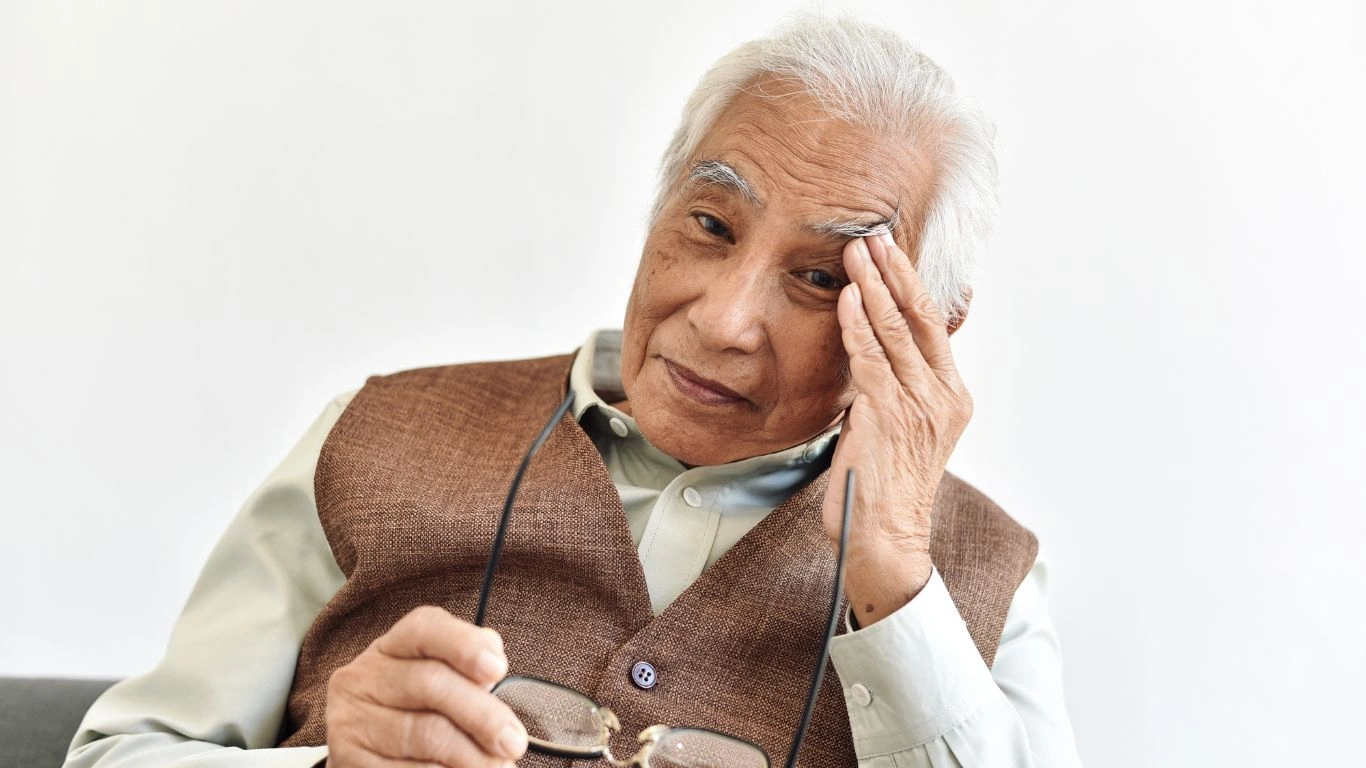
Despite temporary spikes, consistent physical activity offers substantial benefits for blood pressure management:
- Improved Vascular Health: Regular exercise enhances blood vessel flexibility, aiding in better blood pressure regulation.
- Weight Management: Maintaining a healthy weight reduces the strain on your heart and arteries.
- Stress Reduction: Physical activity is a natural stress reliever, which can positively impact blood pressure.
Incorporating activities like brisk walking, swimming, or cycling for at least 150 minutes per week is recommended for optimal cardiovascular health.
Personal Insight
In my practice, I’ve observed patients who, after adopting regular exercise routines, not only managed their blood pressure more effectively but also experienced enhanced overall well-being. One patient, initially hesitant about exercising due to post-workout blood pressure spikes, found that with gradual progression and monitoring, her readings stabilized, and she felt more energetic and confident in her daily activities.
References
- Healthline: Blood Pressure After Exercise
- Mayo Clinic: High Blood Pressure and Exercise
- American Heart Association: Getting Active to Control High Blood Pressure
Disclaimer
This article is for informational purposes only and does not substitute professional medical advice. Always consult with a qualified healthcare provider regarding any concerns about your blood pressure or before starting a new exercise regimen.

Dr. Gwenna Aazee is a board-certified Internal Medicine Physician with a special focus on hypertension management, chronic disease prevention, and patient education. With years of experience in both clinical practice and medical writing, she’s passionate about turning evidence-based medicine into accessible, actionable advice. Through her work at Healthusias.com, Dr. Aazee empowers readers to take charge of their health with confidence and clarity. Off the clock, she enjoys deep dives into nutrition research, long walks with her rescue pup, and simplifying medical jargon one article at a time.


